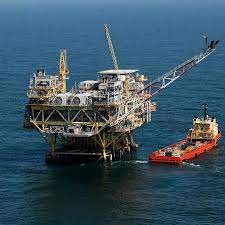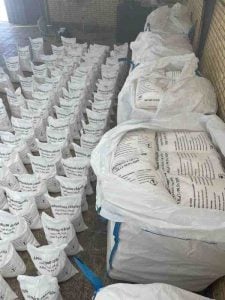
Oil drilling steps
Oil drilling involves drilling wells into the Earth’s subsurface to reach and tap into oil deposits.
Basically, The extracted oil can be refined into various petroleum products, such as gasoline, diesel, jet fuel, and lubricants.
Oil drilling simplify overview of the process:
Table of Contents
ToggleExploration
Before begins, geologists study geological surveys, seismic data, and other information to identify areas with potential oil reserves additionally this phase involves mapping and prospecting to locate suitable drilling-sites.
Site Preparation
Once we identify a potential drilling-location, prepare the site for operations. This involves clearing the land, leveling the surface, and setting up access roads and infrastructure.
Drilling Rig Setup
we bring a drilling-rig to the site, which consists of a derrick or mast, drill string, and various equipment. we assemble The rig, prepare drilling-fluids (commonly known as mud).
Drilling
The process begins by rotating an attached drill bit to the end of the drill string. The drill bit penetrates the Earth’s surface, creating a borehole. As the progresses, sections of steel pipe, known as casing, will insert and cemented into the borehole to reinforce and stabilize it.
Formation Evaluation
Throughout the drilling- process, rock samples and data collected to evaluate the subsurface formations. This helps determine the presence of oil and assess the potential productivity of the well.
Completion
Once we reach the desired depth, we remove the rig, and prepare for production. This involves installing production tubing, casing, and wellhead equipment to control the flow of oil and gas.
Production
With the well completed, we access the oil and gas reservoir, and production begins. We bring The oil to the surface through the tubing, and then transport for further processing, refining, and distribution.
It’s important to note that oil-drilling is a complex and highly regulated process, involving advanced technology, engineering expertise, and environmental considerations. We implement Safety measures to prevent accidents and minimize environmental impact. Regulations and standards vary across countries and regions.
Ammonium chloride (NH4Cl) usage is not commonly directly in oil-drilling operations. However, it can be indirectly involved in certain processes. Here are a few instances where ammonium chloride may be associated with:
Drilling muds
Ammonium chloride (NH4CL) usage can be as a source of chloride ions in water-based drilling fluids, also we know as drilling muds. These circulate fluids during operations to lubricate the drill bit, carry cuttings to the surface, and maintain wellbore stability. Chloride ions from ammonium chloride (NH4CL) can help control the clay swelling and shale hydration, reducing the risks of wellbore instability.
Corrosion inhibition
In oil-drilling obviously it is crucial to prevent corrosion of metal equipment and infrastructure. Ammonium chloride (NH4CL), in combination with other corrosion inhibitors. may be usage is for protecting equipment and pipelines from corrosive substances present in the drilling-fluids or in the formation fluids.
Completion and stimulation fluids

Ammonium chloride (NH4CL) usage may be in completion and stimulation fluids. also we use in oil and gas wells. These employ fluids are to clean the wellbore, dissolve drilling-damage, and enhance the productivity of the reservoir. Ammonium chloride (NH4CL) include an additive to achieve specific fluid properties or assist in dissolving certain substances.
It’s worth noting that the specific formulations and additives usage in oil-drilling operations can vary depend. especially on the geological conditions, drilling techniques, and environmental regulations of the specific oilfield. Oil-drilling companies typically employ a range of chemicals and additives tailored to their specific requirements


